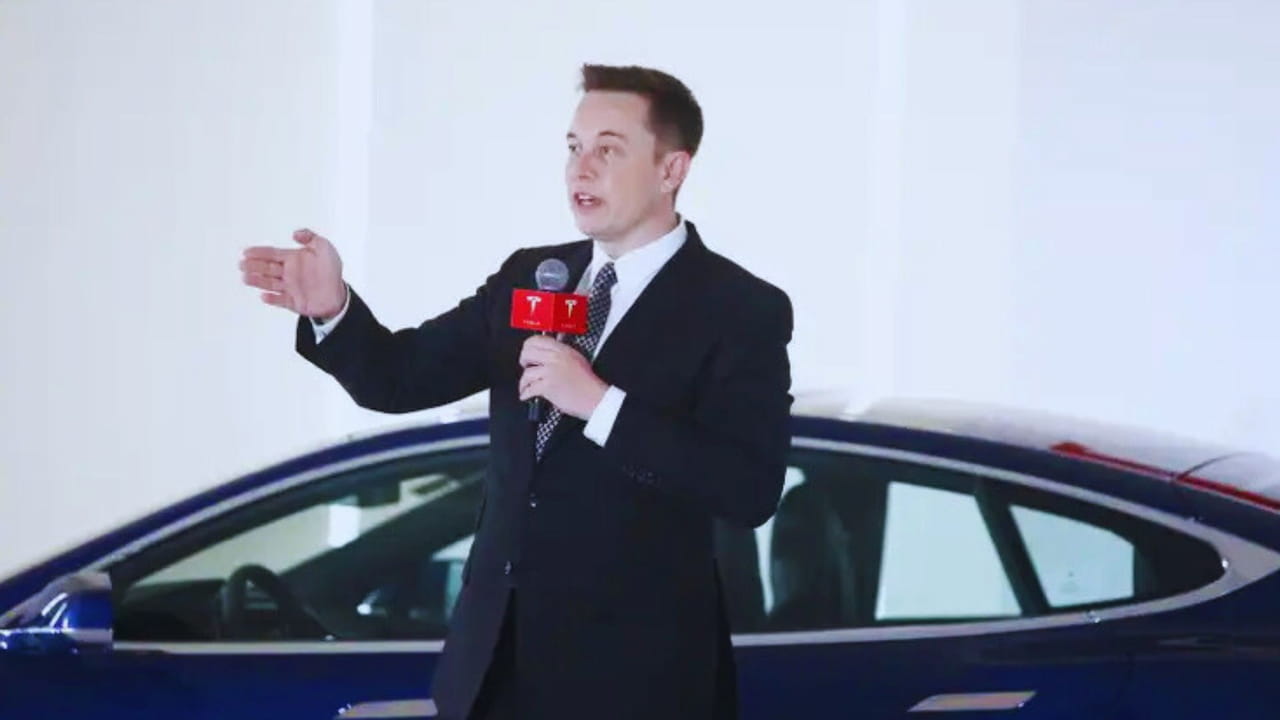Tesla’s Robo-Revolution: Cybercab Rolls Out to Reshape Ride-Hailing
In a groundbreaking development for the automotive world, robotaxis is no longer just a futuristic concept. These self-driving vehicles are now cruising the streets of select cities, and early adopters are giving them a big thumbs up.
A recent J.D. Power study reveals that people who’ve taken a ride in a robotaxi rate the experience an impressive 8.53 out of 10. The main factor behind this high score is the vehicle’s cutting-edge technology.
But it’s not just the cool factor that’s winning people over. Trust is growing, too. Those who’ve tried the robot axis show 56% more confidence in the technology compared to those who haven’t. This jump in Trust highlights a key point: experiencing the technology firsthand is a game-changer for public acceptance.
Even in cities where robot axes operate, non-riders are warming up. Their confidence levels sit at 34%, notably higher than those of the average person who’s never encountered a robotaxi.
Kathleen Rizk from J.D. Power says, “Experience continues to be a main driver of trust and acceptance.” In other words, seeing is believing when it comes to self-driving cars.
The robotaxi race is heating up, with several players vying for the lead. Waymo, backed by tech giant Alphabet, is expanding its reach. The company recently added Austin and Atlanta to its service areas, partnering with Uber to make its robotaxis more accessible.
Not to be outdone, Cruise, GM’s self-driving arm, is back in action. After a brief pause, supervised rides have resumed in Phoenix and Dallas. Cruise is also teaming up with Uber, allowing riders to hail its vehicles through the popular ride-sharing app.
Amazon-owned Zoox is gearing up to join the fray. While still in the testing phase, the company promises its robotaxis will soon be shuttling passengers around Las Vegas.
However, the biggest splash might come from Tesla. The electric vehicle pioneer is set to unveil its “Cybercab” at an event dubbed “We, Robot.” This fully autonomous vehicle could be a game-changer for Tesla’s robotaxi ambitions.
Tesla CEO Elon Musk has long touted the potential of self-driving technology. He sees it as more than a convenience – a potential lifesaver and money-maker. Musk envisions a future where Tesla owners can rent their vehicles as part of a vast robotaxi network.
However, it hasn’t all been smooth sailing for Tesla’s self-driving dreams. The project has faced delays, with the original August release pushed back to October. Musk attributes the setback to last-minute design tweaks, but some industry watchers are hungry for concrete progress.
Jessica Caldwell of edmunds.com notes the “heavy build-up” around Tesla’s robotaxi concept. “The expectation is that this event should clear the air,” she says. Anything less than a well-developed concept and precise operational details could disappoint eager fans and investors alike.
As robot axis become more common, cities are adapting to this new reality. San Francisco streets now regularly feature Waymo’s driverless vehicles, sparking curiosity and debate among residents.
The J.D. Power study underscores an important point: familiarity breeds acceptance. Cities with active robotaxi services are seeing higher levels of Trust, even among those who haven’t taken a ride. This suggests that as self-driving cars become a more visible in urban landscapes, public skepticism may naturally decrease.
For companies in the robotaxi space, the challenge now is to expand beyond their current markets. Building Trust and educating consumers will be critical to broader adoption. This includes tech giants like Waymo and Cruise and lesser-known players like May Mobility and Motional.
As technology improves and more people experience the robot axis firsthand, we may be on the cusp of a transportation revolution. The dream of safe, efficient, and autonomous urban mobility is inching closer to reality.
But questions remain. How will robotaxis integrate with existing transportation systems? What impact will they have on jobs in the transportation sector? And how will cities need to evolve to accommodate this new mode of travel?
One thing is clear: the robotaxi era is here, and it’s picking up speed. As more people climb into these futuristic vehicles, the once-radical idea of cars without drivers is quickly becoming just another part of our daily lives.
The road ahead for robotaxis is infinite and full of potential. As technology advances and public acceptance grows, we may soon find ourselves in a world where hailing a self-driving car is as normal as ordering a pizza. The future of transportation is here, and it’s driving itself.
